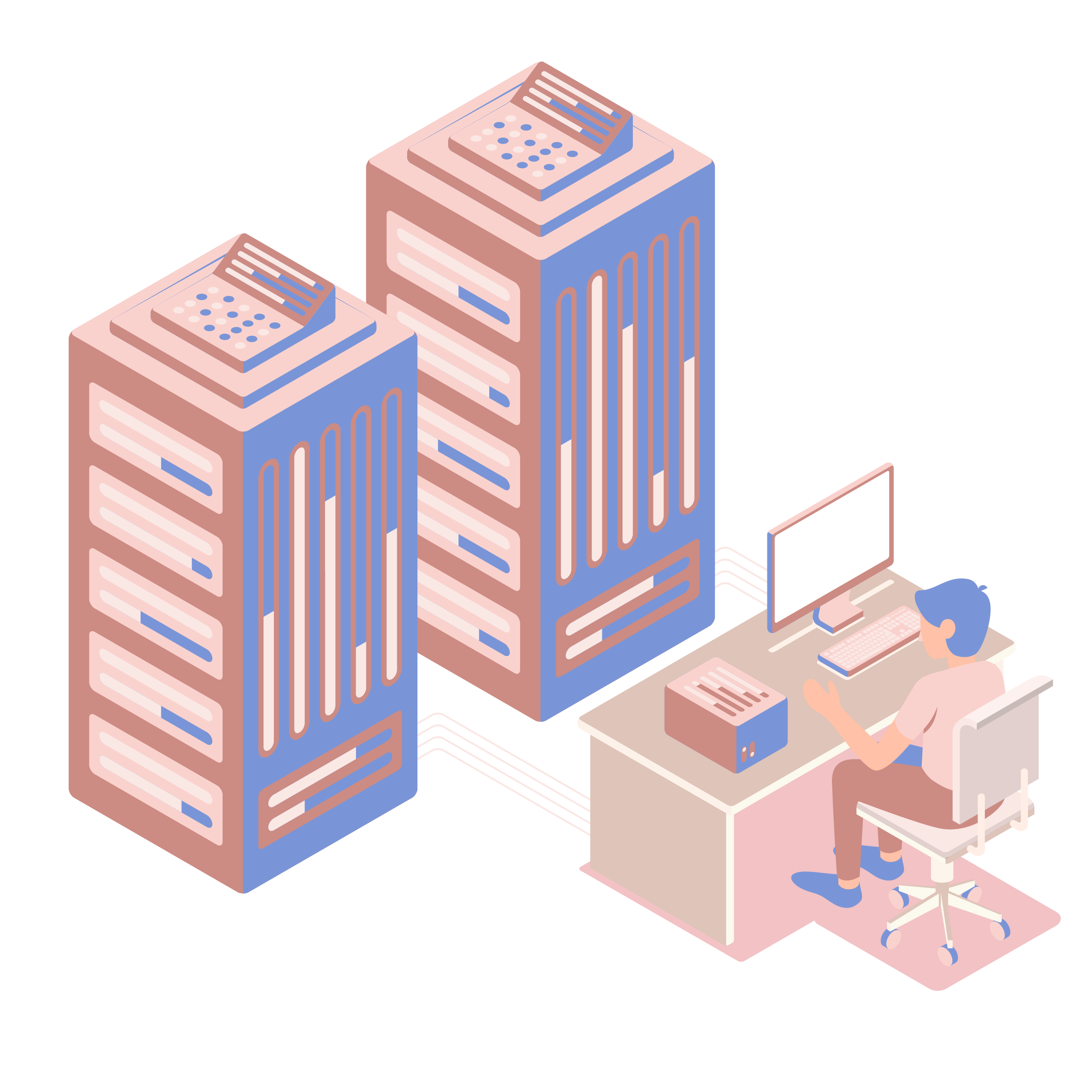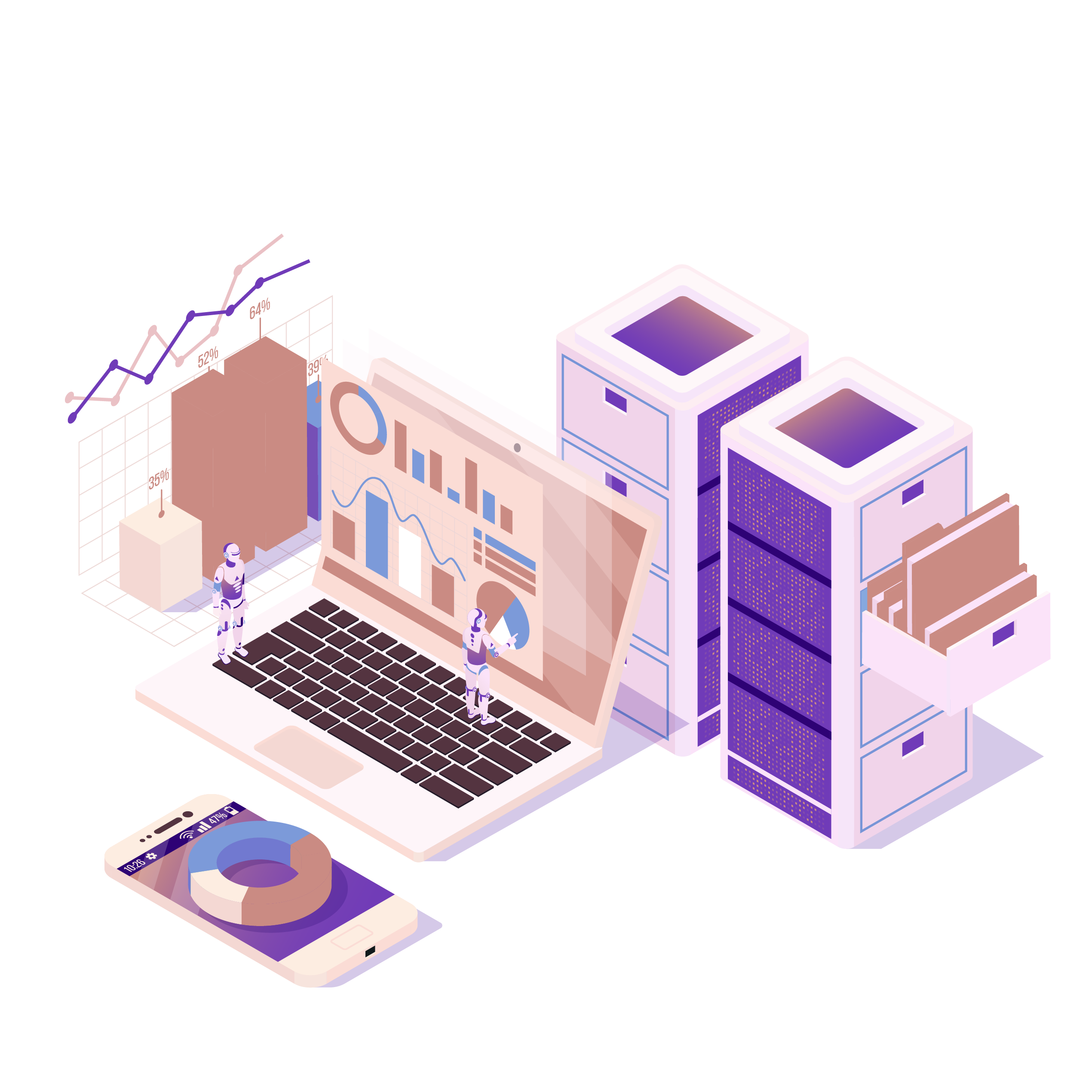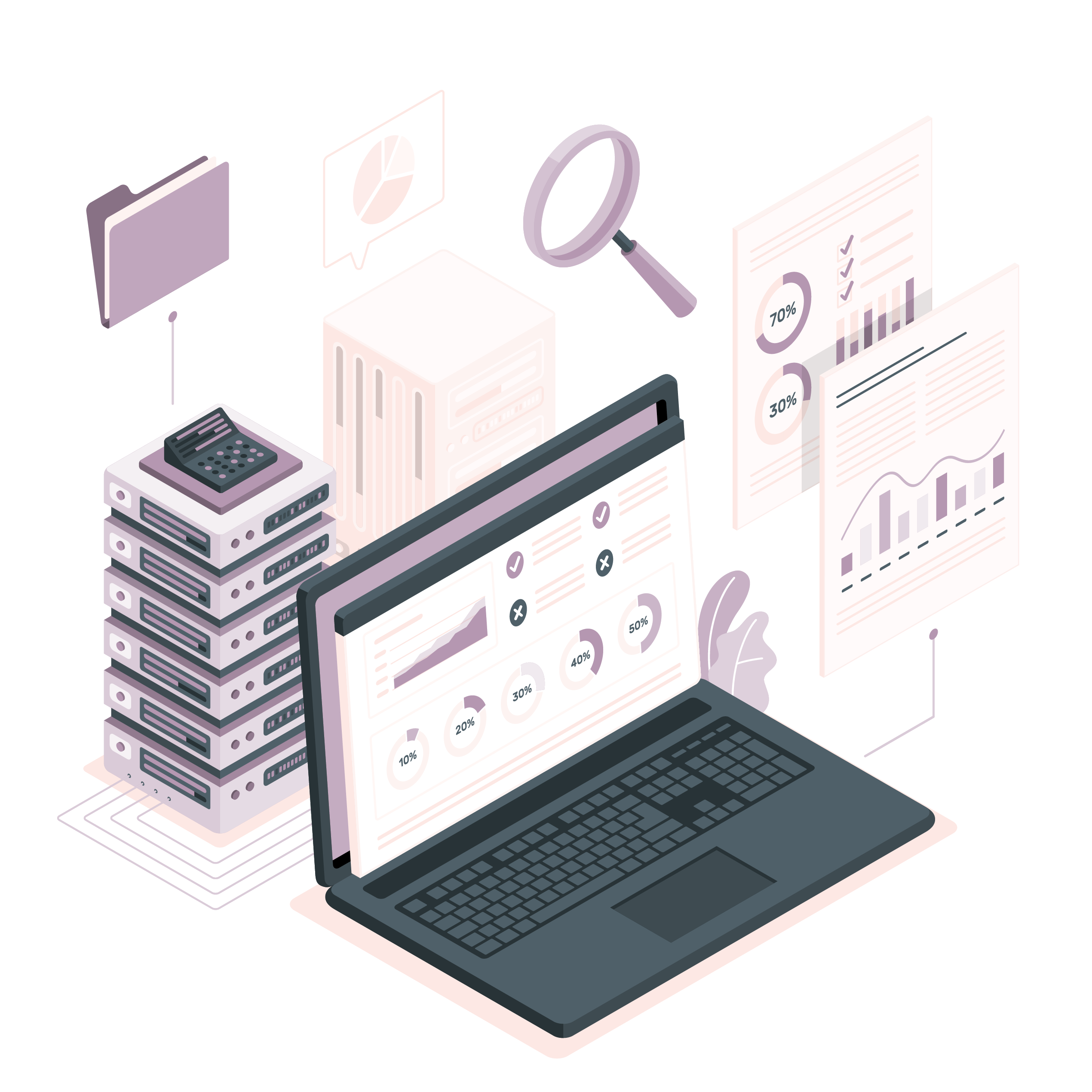Intricacies of Data Dominance: The Hadoop vs. Spark Showdown
With regards to big data and analytics, the difference between Hadoop and Spark is like looking at two titans, each with its strengths. To find out which of these titans is superior, this assessment goes into crucial areas including performance, scalability, data processing, security, and machine learning capabilities. Hadoop and Spark are often compared based on performance. While Spark’s in-memory computing takes the cake for real-time processing, Hadoop’s MapReduce algorithm took extraordinary steps in batch processing. Spark accomplishes unrivaled speed and effectiveness by considerably reducing the necessity for tedious disc reads through the use of memory caching. This is particularly valid for iterative algorithms, where Spark may perform orders of magnitude better than Hadoop. Hadoop and Spark join concerning scalability, which is vital for enormous data frameworks. Both are made to expand horizontally by introducing additional nodes as data quantities increase. However, Spark enjoys an upper hand over different frameworks due to its streamlined DAG (Directed Acyclic Graph) execution engine, which permits performance to stay consistent as the cluster develops. This trait ensures Spark’s capacity to oversee gigantic datasets with dexterity, a significant advantage in contemporary data contexts.
which permits performance to stay consistent as the cluster develops. This trait ensures Spark’s capacity to oversee gigantic datasets with dexterity, a significant advantage in contemporary data contexts.
Hadoop succeeds in batch processing of data, which is appropriate for situations where data analysis can endure delay. Because of its blazing-fast in-memory processing, Spark, then again, succeeds at ongoing data streaming and intuitive analytics. It is the Swiss Army blade of data handling since it upholds batch, interactive, iterative, and streaming processing. In the era of data breaches and considering the difference between Hadoop and Spark, security is extremely vital. By including technologies like Kerberos verification and access control lists (ACLs), Hadoop offers solid security assurances around here. Spark develops this base by enhancing features for encryption and fine-grained access control. It has a level of safety intricacy that consents to the requested guidelines for data security by today’s businesses. Spark arises as a rising star in the field of machine learning. Data scientists and engineers much of the time use it due to the extensive assortment of machine learning techniques available in its MLlib package. Despite not being built from the ground up for machine learning, Hadoop may nonetheless help it through third-party libraries, but with a more difficult learning curve.
Streamlining Complex Data Challenges with Hadoop and Spark
The Hadoop Spark combo stands apart as a strong team in the fluid world of big data, with the capacity to deal with different issues deftly. These hardships, which are inseparably connected to the developing amounts of data, require creative responses that utilize the interplay between Hadoop and Spark. Real-time data processing is quite possibly the most concerning issue that this dynamic pair faces. Organizations today live on quick insights, so batch processing in the old sense is lacking. With Spark’s in-memory handling ability and Hadoop’s ability to oversee tremendous datasets, real-time analytics that help data-driven decisions instantly are made possible. Versatility, which is vital for current data processing, presents yet another mind-boggling problem. Despite the remarkable extension of data, the Hadoop Spark combo performs well. The distributed file system in Hadoop makes it conceivable to scale storage and figuring resources easily. Even when the data increases to previously unfathomable volumes, Spark’s robustness and parallel processing skills ensure that the framework continues to perform at its best.
Besides, an adaptable solution is vital because of the intricacy of numerous data kinds and structures. Here, the adaptability of Hadoop matched with Spark’s strong support for diverse data types makes a seamless solution. With its elegant handling of structured, semi-structured, and unstructured data, the Hadoop Spark combo elevates a complete way to deal with data management and analytics. Security, an essential need in the data-driven world, keeps on being a significant issue. Spark additionally fortifies Hadoop’s strong security infrastructure with granular access limitations and authentication procedures. This difference between Hadoop and Spark braces critical data with an obstructed wall, guaranteeing stakeholders the greatest level of data security. Hadoop Spark combo makes a strong power in the field of big data, empowering organizations to gather valuable data from the huge oceans of data and directing them toward a future fixed with shrewd decisions and unequaled achievement.
The Power Duo: Spark and Hadoop’s Shared Universe
Apache Spark and Apache Hadoop are sometimes viewed as contenders that are battling for supremacy in the continually impacting universe of big data technology. This impression, nevertheless, is a little oversimplified and falls short of capturing the mind-boggling jobs that these two frameworks play in the field of data processing and analytics. In reality, Spark and Hadoop are complementary rather than rival solutions that might coordinate to build a strong and effective data ecosystem. The Hadoop Distributed File System (HDFS) is the ecosystem’s focal component, yet it’s essential to comprehend that Apache Hadoop is more than just one tool. The fundamental benefit of Hadoop is its ability to store colossal volumes of data in a distributed and fault-tolerant way.  The center part of the ecosystem, MapReduce in Hadoop, succeeds in batch processing, making it the best decision for activities that can endure some deferral. Apache Spark, on the other hand, is an exceptionally fast in-memory data processing engine. It succeeds in iterative algorithms, interactive analytics, and streaming data processing, beating Hadoop’s MapReduce. It likewise offers real-time processing capabilities. It is a well-known choice for machine learning workloads because of its sophisticated analytics package, MLlib.
The center part of the ecosystem, MapReduce in Hadoop, succeeds in batch processing, making it the best decision for activities that can endure some deferral. Apache Spark, on the other hand, is an exceptionally fast in-memory data processing engine. It succeeds in iterative algorithms, interactive analytics, and streaming data processing, beating Hadoop’s MapReduce. It likewise offers real-time processing capabilities. It is a well-known choice for machine learning workloads because of its sophisticated analytics package, MLlib.
Let’s now investigate why Spark and Hadoop are key companions as opposed to contenders. Big data storage and recovery are made conceivable by the powerful storage and batch-processing capabilities of the Hadoop ecosystem. This saved data might be utilized by Spark’s real-time and iterative processing abilities to perform quick analyses. Moreover, Spark gives connections with a few parts of the Hadoop environment, working with smooth data processing and transmission. For instance, Spark might query data in Hive, a Hadoop-based data warehousing framework, or recover data directly from HDFS. Organizations may take advantage of both Spark’s real-time processing ability and Hadoop’s storage capacities because of this compatibility. Apache Spark and Apache Hadoop ought to be viewed as free technologies in the big data toolkit rather than as competitors. Their skills and talents might be consolidated to shape a complete data ecosystem that can address a scope of data processing and analytics needs. For organizations looking to completely use big data in the current day, it is pivotal to fathom how these technologies work in the show.
The Collaborative Trifecta: Spark, Hadoop, and Their Backend Affinities
The interoperability of technologies is essential in the perplexing world of current data processing. In the field of data analytics and processing, Apache Spark and Apache Hadoop, two titans of the big data world, have demonstrated to be surprisingly versatile and viable with an extensive variety of backend technologies. One essential element of their similarity is their ability to interface with a scope of data storage options. With distributed storage systems like the Hadoop Distributed File System (HDFS), a vital piece of the Hadoop ecosystem, both Spark and Hadoop might exist together calmly. This similarity ensures that organizations can store, recover, and oversee large datasets across remote clusters successfully.  Moreover, relational databases like MySQL, PostgreSQL, and Oracle might be effectively coordinated with Spark and Hadoop. Data may easily move between these databases and the big data frameworks because of connectors and libraries. This makes it workable for organizations to utilize their current data infrastructure while using Spark and Hadoop processing and progressed analytics capacities.
Moreover, relational databases like MySQL, PostgreSQL, and Oracle might be effectively coordinated with Spark and Hadoop. Data may easily move between these databases and the big data frameworks because of connectors and libraries. This makes it workable for organizations to utilize their current data infrastructure while using Spark and Hadoop processing and progressed analytics capacities.
Both Spark and Hadoop are very viable with cloud-based computing and storage technologies in the age of cloud computing. Managed Hadoop and Spark services are accessible from significant cloud providers including Amazon Web Services (AWS), Microsoft Azure, and Google Cloud Platform (GCP), making execution and scaling more straightforward. On account of this interoperability, organizations can take advantage of the cloud’s adaptability and affordability while accessing Spark and Hadoop unrivaled analytical abilities. Moreover, various programming languages and development environments might be utilized with Spark and Hadoop. Because of their help with languages like Java, Scala, Python, and R, they are accessible to a large community of developers. This interoperability ensures that organizations might utilize their current talent pool and select the language that best fulfills their investigation prerequisites. Finally, Apache Spark and Apache Hadoop’s interoperability with various backend technologies is proof of their adaptability and flexibility. These big data frameworks are viable with relational databases, distributed storage, cloud platforms, and computer languages. Such similarity empowers organizations to build extensive data ecosystems that capitalize on Spark and Hadoop benefits while still working with their current framework and tools. This versatility is a key resource.
Set Your Sights on Pattem Digital: Pioneers of the Digital Frontier
We are a leading Hadoop development company that succeeds at utilizing Apache Spark Web Services to give cutting-edge solutions. Our specialty is culminating Apache Spark and Hadoop with different backend technologies in a smooth way to guarantee maximum compatibility and performance. We arrange the perplexing world of contemporary data processing with a team of profoundly qualified specialists, assisting organizations with understanding the maximum potential of their data. Our commitment to adaptability and flexibility ensures that clients may make use of their current infrastructure while acquiring from Spark and Hadoop prevalent analytical capacities. Choose us for unrivaled Hadoop programming proficiency, and experience the success fueled by the data of the future.


